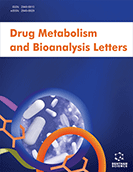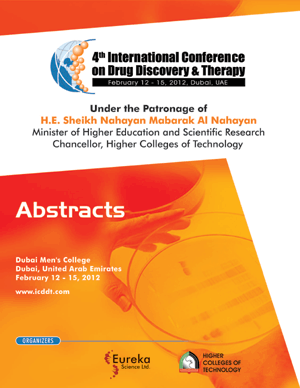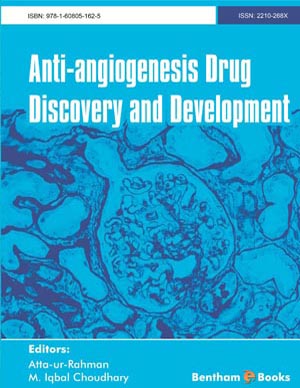Abstract
Alzheimer’s has become a common disease in aged people that leads to
cognitive impairment and finally results in dementia and death. As the disease has a
complicated etiology, it can hardly be prevented and cured. Hence, it turned out to be
one of the menacing neurodegenerative diseases. The important concerning factor
about Alzheimer’s is its unaffordable treatment cost. Also, there are only a few
efficient anti-Alzheimer drugs. Now, it is a very urgent need to discover the most
efficient and cost-effective anti-Alzheimer’s drugs. Nowadays, research reveals drugs
based on heterocyclic scaffolds that have attributed to potent pharmacology.
Quinoline-containing molecule, tacrine was recommended as an acetylcholinesterase
inhibitor. However, its use has been withdrawn because of its toxicity. While research
is going on designing derivatives of tacrine. Fortunately, some tacrine derivatives
showed the most potent anti-Alzheimer properties. In view of this, here, anti-Alzheimer
properties of recently reported tacrine-based Alzheimer’s agents are discussed and
evaluated. The structure-activity relationship has been helpful in identifying potent
molecules in a series of derivatives.
Keywords: Aβ-aggregation inhibitors, Anti-Alzheimer agents, Cholinesterase inhibitors, MAOs, Structure-activity relationship, Tacrine derivatives.






















